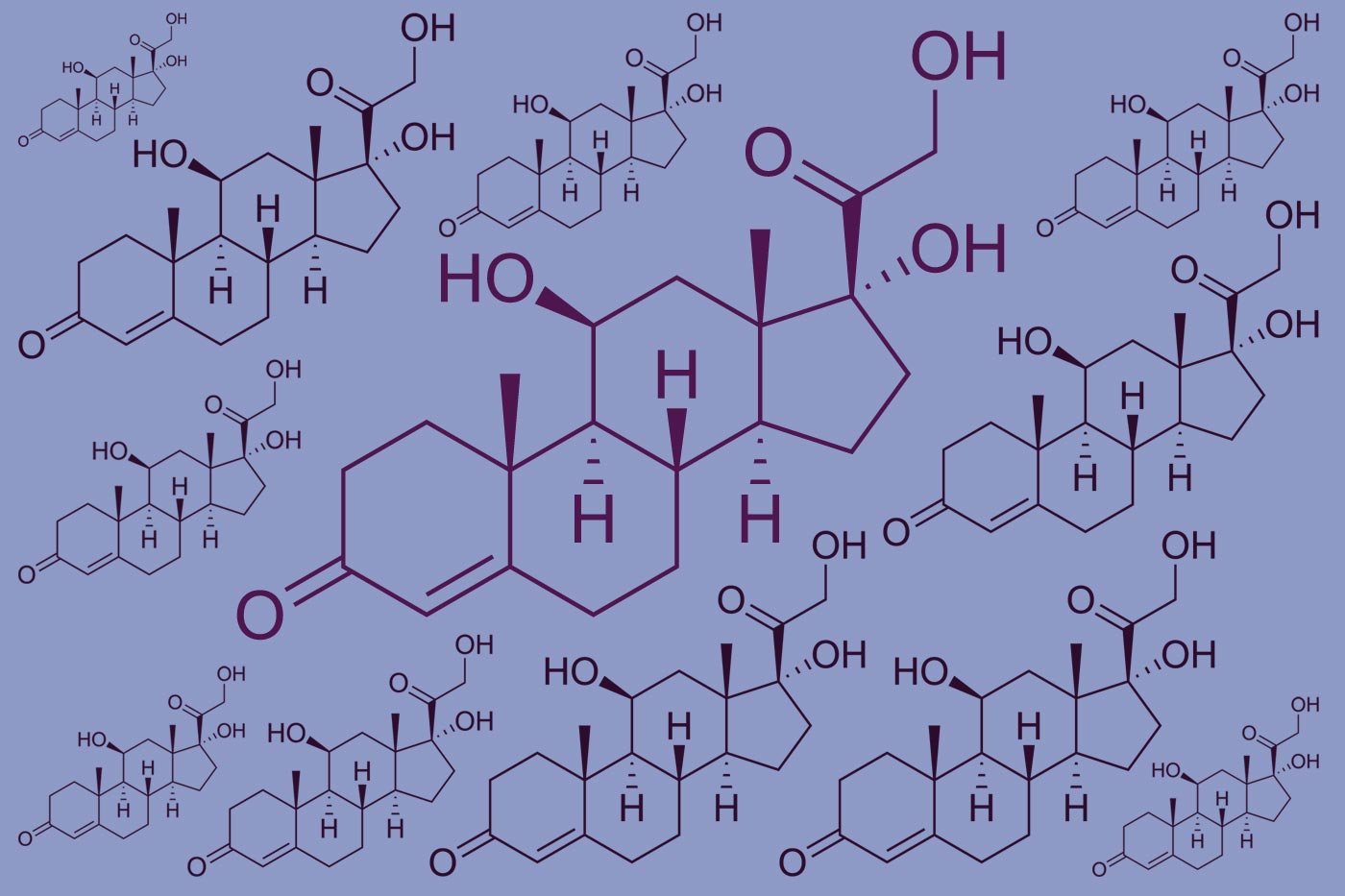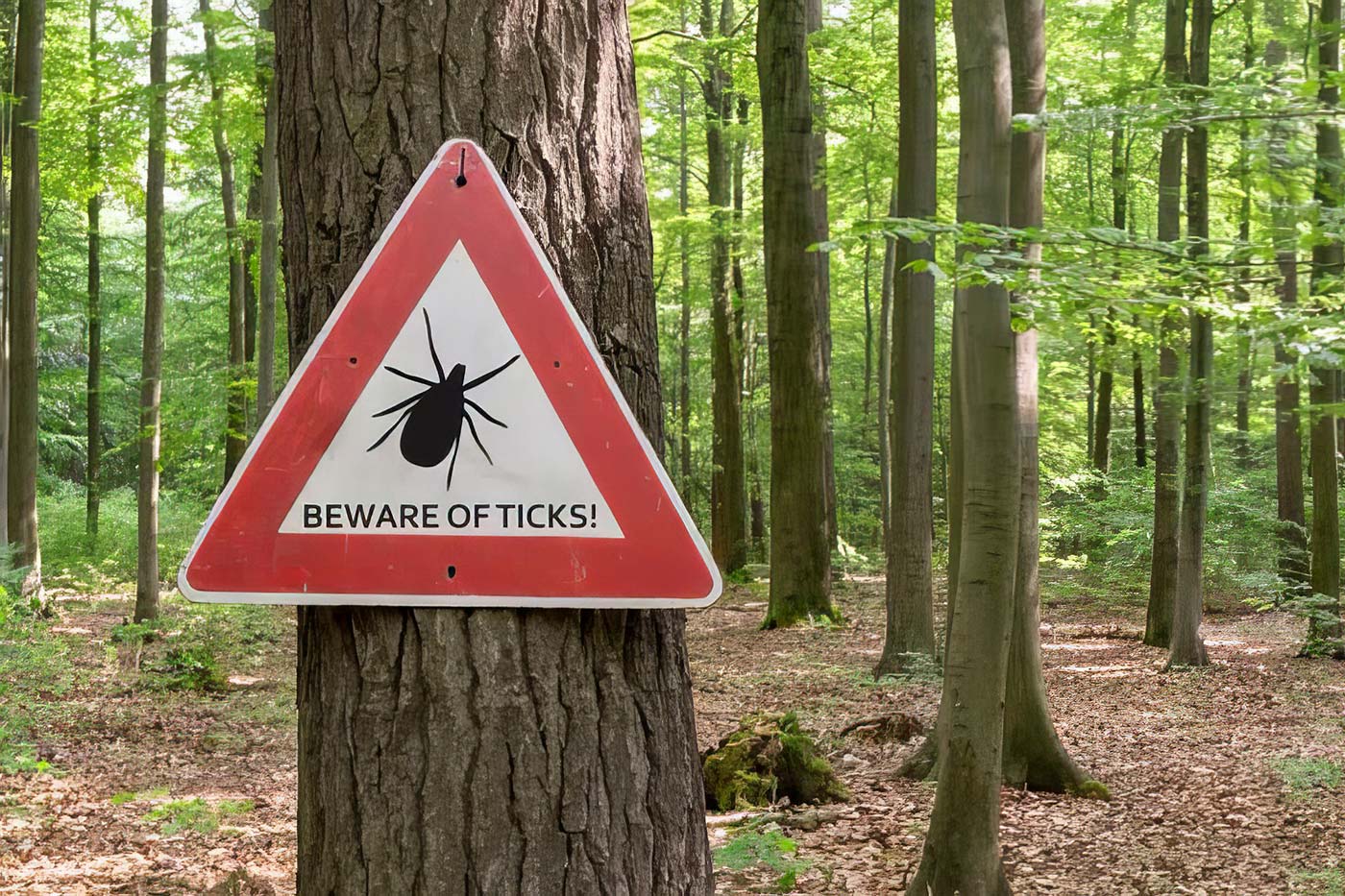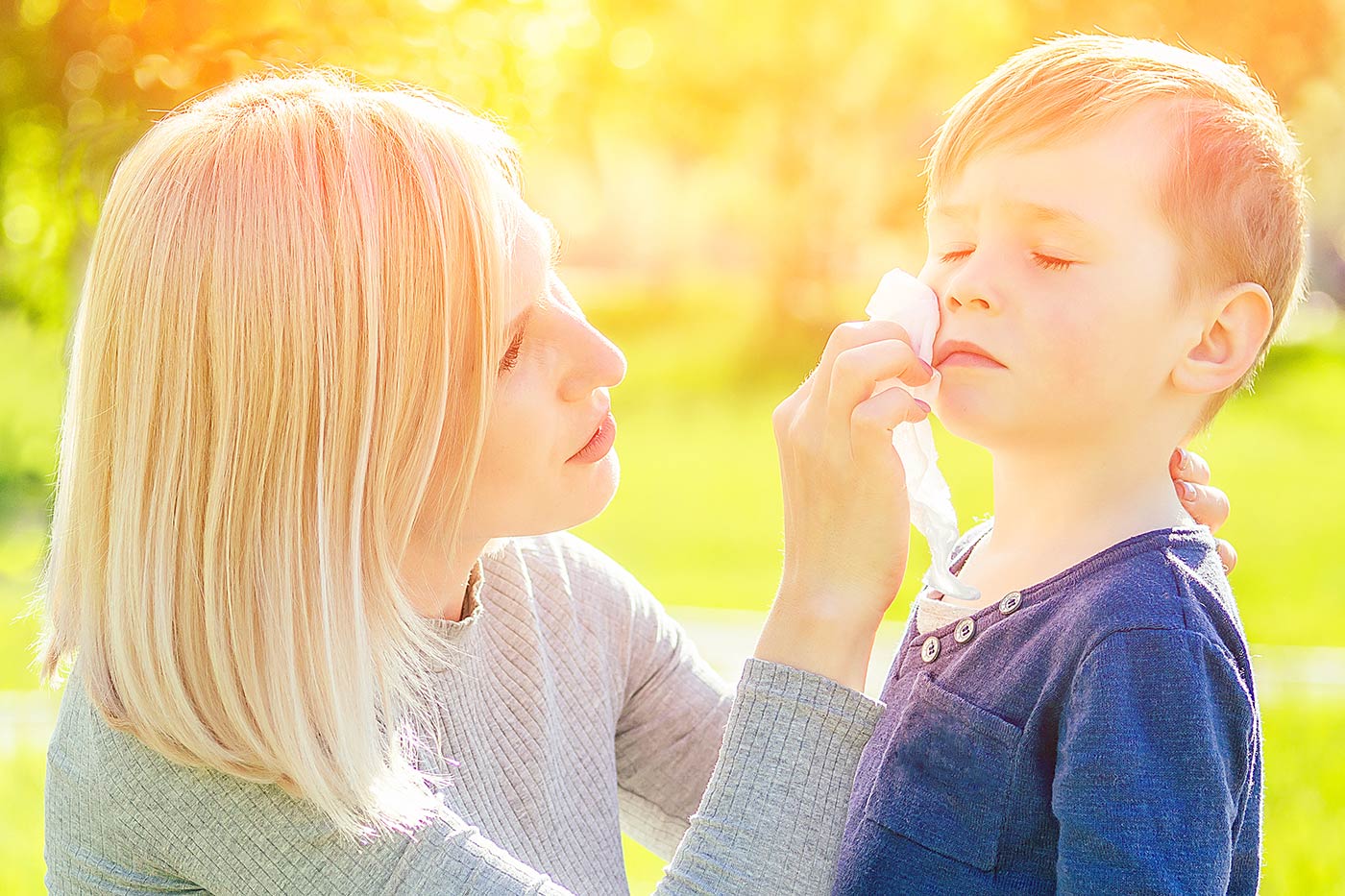If you’ve ever grabbed a tube of hydrocortisone from the drugstore or gotten a prescription for something stronger like clobetasol, you might wonder: how do these creams stack up? Topical steroids come in a range of strengths, from mild over-the-counter options to heavy-duty ones only a doctor can prescribe. But what makes one “stronger” than another, and can you just compare the percentages on the label? Let’s break it down, starting with how experts figure out these strength classes in the first place.
The strength—or potency—of a topical steroid isn’t just about the percentage of the drug in the tube. It’s measured by how much it shrinks blood vessels in your skin, a trick called vasoconstriction. Scientists test this by rubbing steroids on a patch of skin and watching how much the vessels tighten up—less blood flow means paler skin, and that’s a sign of potency. A 2015 Journal of the American Academy of Dermatology study explains it: they rank steroids from Class I (ultrapotent) to Class VII (weakest) based on this effect, not just the concentration. Why? Because different steroid chemicals—like hydrocortisone versus clobetasol—pack different punches, even at similar percentages. Delivery matters too—ointments beat creams, and creams beat lotions in strength, thanks to how well they sink in.
So, can you compare strengths directly? Sometimes, but only within the same steroid. For example, hydrocortisone 2.5% ointment is 2.5 times stronger than hydrocortisone 1% ointment because it’s the same drug, just more of it. Bump it up to hydrocortisone 10% (prescription-only), and it’s 10 times stronger than the 1% you buy over the counter. But here’s the catch: you can’t compare hydrocortisone 1% to clobetasol 0.05% by numbers alone. Clobetasol’s a totally different beast—way more potent per drop—so 0.05% of it outmuscles 1% hydrocortisone by a landslide. It’s like comparing a scooter to a rocket; the percentage doesn’t tell the whole story.
Let’s walk through the range. Over-the-counter (OTC) strength hydrocortisone 1% is the weakest you can grab without a doctor’s prescription. It’s great for mild itches or rashes—like a bug bite or a little eczema patch. Step up to prescription hydrocortisone 2.5%, and it’s still mild but tackles slightly tougher flares. Then you’ve got mid-range options like triamcinolone 0.1%, which doctors might give for moderate eczema or psoriasis. At the top end, ultrapotent clobetasol 0.05% is the big gun—used for severe conditions like stubborn plaques, but only for short bursts because it’s so strong it can thin your skin if overused.
Here’s a handy chart of common topical steroids, ranked by their strength class:
| Class | Strength | Common Steroid | Concentration | Use Case |
| Class I | Ultrapotent | Clobetasol | 0.05% | Severe eczema, psoriasis |
|
Class II |
Potent | Fluocinonide | 0.05% | Tough flares, thicker skin |
|
Class III |
Upper Mid-Strength | Betamethasone Valerate | 0.1% | Moderate eczema, rashes |
|
Class IV |
Mid-Strength | Triamcinolone | 0.1% | Mild-to-moderate eczema, dermatitis |
|
Class V |
Lower Mid-Strength | Hydrocortisone Valerate | 0.2% | Mild flares, sensitive areas |
|
Class VI |
Mild | Hydrocortisone (Rx) | 2.5% | Gentle relief, short-term |
|
Class VII |
Weakest | Hydrocortisone (OTC) | 1% | Minor itches, rashes |
Why does this matter? Strength affects how you use them. Mild hydrocortisone 1% is safe for your face or a quick fix, while clobetasol 0.05% is overkill for anything but the worst flares—and even then, doctors will usually limit it to two weeks max. A 2019 British Journal of Dermatology study says stronger steroids hit your system harder, so they’re riskier if misused (think skin thinning or TSW from earlier posts).
Consumers might be shocked to discover that potent or ultrapotent steroids—like clobetasol 0.05% or betamethasone dipropionate—sometimes sneak into products you can buy online or from outside the U.S.—even without a prescription. These aren’t your drugstore hydrocortisone 1% tubes; they’re heavy-duty creams meant for serious skin issues, tightly controlled here because of their strength. You might find them in “miracle” skin-lightening creams, anti-itch balms, or eczema cures on sites like Amazon or from overseas sellers, often with no clear warning on the label. A 2020 Journal of the American Academy of Dermatology study flagged this trend—some products tested had hidden ultrapotent steroids, tricking buyers into thinking they’re safe. The risks? Big ones. Using these without a doctor’s guidance can thin your skin, spark Topical Steroid Withdrawal (TSW), or even mess with your hormones if they soak in too much. It’s like grabbing a sledgehammer for a tiny nail—effective until it backfires. Just stick to what your board-certified pediatric dermatologist prescribes, and you should be golden.
Bottom line: hydrocortisone 1% is one of the weakest topical steroids out there, which is why it is available on an over-the-counter basis in the United States. Clobetasol 0.05%, on the other hand, is the ultrapotent powerhouse. There are a number of “in betweens” and each has its specific purpose and safety profile. Compare strengths directly only with the same steroid—otherwise, trust the class system. Got a rash? Start mild for up to a week or two. Still red, itchy and flaring? See a dermatologist.
Remember: Strength’s all about balance, not just numbers!




